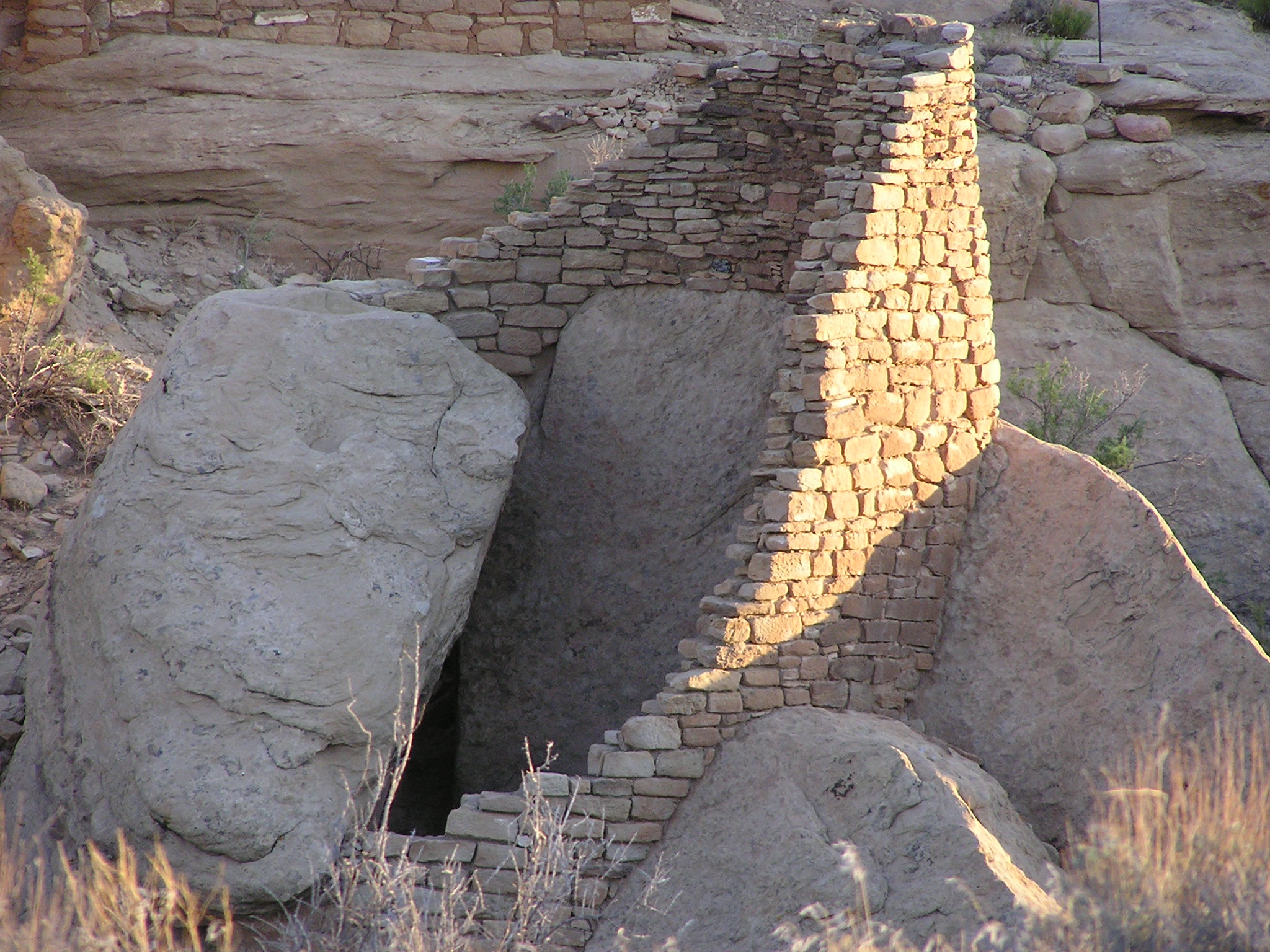I’ve read before that the Chuska mountains were a source of Chaco’s wood. Distance isn’t the only issue considering that the Anasazi didn’t have wheels. Chimney Rock to the north is said to have provided wood from the surrounding mountains in the South San Juans. Chimney Rock is over 150 miles from Chaco by road; surely more than 50 miles away by any other route.
Looking at the map below, one has to wonder if wood came from the area around Mount Taylor, north of Grants (southeast of Chaco & next to Zuni), or from Jemez (due east of Chaco). Again, distance isn’t the only issue.

Albuquerque Journal | Researchers say 2 mountain ranges provided wood for Chaco
Tuesday, December 8th, 2015 at 8:59am
TUCSON, Ariz. — University of Arizona researchers have concluded that wood used to construct large buildings at what is now Chaco (CHAh-co) Culture National Historical Park in northwestern New Mexico came from two different mountain ranges.
According to the university’s Laboratory of Tree-Ring Research, most of the wood for the building projects in Chaco’s arid setting came from the Zuni Mountains before the year 1020. That mountain range is about 50 miles south of Chaco and located southeast of Gallup.
However, the researchers say the Chuska Mountains became the main wood source became by 1060. The Chuskas are located about 50 miles to the west of Chaco.
Chaco is a World Heritage site. The area was considered a ceremonial and economic center for the ancestors of many Native American tribes in the region.
Albuquerque Journal | Researchers say 2 mountain ranges provided wood for Chaco



